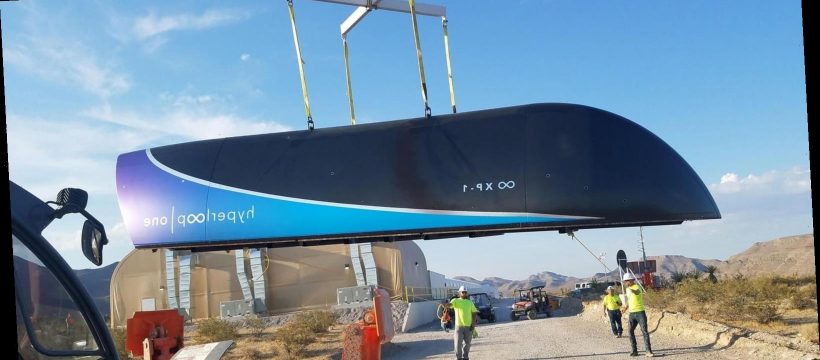Picture yourself shooting across the country in a levitating pod or hovering above traffic in a drone.
Imagine a time when daily commutes times are cut in half, or when you don’t have to own or operate a car at all to get to your destination.
Those types of transportation options are projected to be available by the year 2030 thanks to improvements in electric battery power, internet connectivity and next-level automation.
“Transportation planning has always been around how to get a vehicle from place to place using roads and traffic lights. But that’s changing,” said Thom Rickert, a risk and insurance specialist at Trident Public Risk Solutions.
The mobility industry’s next objective is to focus on moving a person through multiple modes of connected travel.
That’s where air taxis, e-scooters, connected trains and semiautonomous cars come into play, powered by widespread 5G connectivity, Rickert said.
CES 2020: Fast & Furious actor Ludacris’ thoughts on Tesla as EVs have a major moment
Yikes: Amazon’s Ring fired four employees for snooping on customer’s doorbell camera video feed
Interstate travel
In the coming years, rural pockets of the central U.S. could become better connected to big cities like Atlanta and Dallas in a effort to reduce overall travel times.
Hyperloop is a transportation method that aims to eliminate the barriers of distance and time over the next few years if regulation and test run estimates go according to plan.
A birds-eye view of a potential Hyperloop station. CREDIT: Virgin Hyperloop One. [Via MerlinFTP Drop] (Photo: Virgin Hyperloop One)
The American company is building out a series of “passenger capsules” that can zip through tubes while carrying up to 40 people at a time.
Imagine standing in a futuristic pod that floats inside a vacuum as gradual electric propulsion shoots the vessel to its destination, hundreds of miles away, in mere minutes. Think of it as a mix between a bullet train and an autonomous vehicle inside a long tube.
“You’re going to see a huge boom from the middle of the country if Hyperloop takes off in those places,” said Ryan Kelly, head of marketing and communications at Hyperloop. The company is building pilot tubes in Dubai and working with states in the U.S. to get the project off the ground.
“The first thing you’ll see is safety certification by 2024,” Kelly said. Then 6-mile tracks will be built throughout parts of middle America.
In an age when people want to connect to transportation in lightning speed, traffic congestion, population growth and an expanding job market have led to an increase in commute times across the country’s metro areas, transportation authorities say.
Average commute times across the country edged up from 25 minutes in 2009 to over 27 minutes in 2019, according to the Census Bureau. But in metro areas, the average one-way commute can be as long as 43 minutes, according to a study by Best Mattress Brand, a company that researches the causes of sleep issues that affect driving abilities.
Big cities tend to have more people and greater congestion traffic.
This is a rendering of a potential Hyperloop station in Dubai. (Photo: Virgin Hyperloop One)
Aviation
Shorter distance or “last-mile” travel will be revolutionized through the widespread adoption of 5G connectivity which will allow machines to communicate with each other directly, enabling more cars and other means of transportation to travel at faster speeds without humans operating them.
Current wireless networks, for example, haven’t been strong enough to send reliable signals to aircraft throughout a flight, according to Laurie Garrow, associate director for the Center for Urban and Regional Air Mobility at Georgia Tech.
Source: Read Full Article


